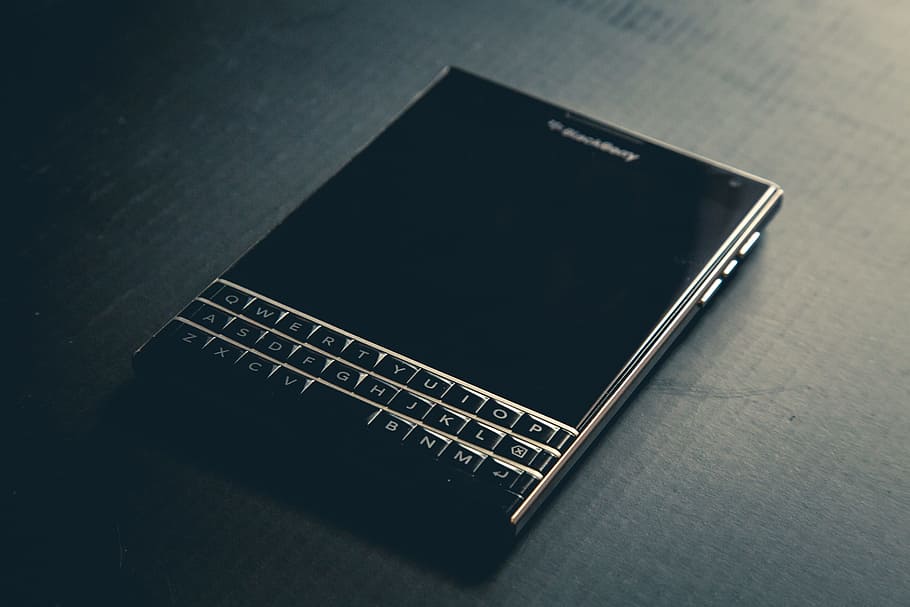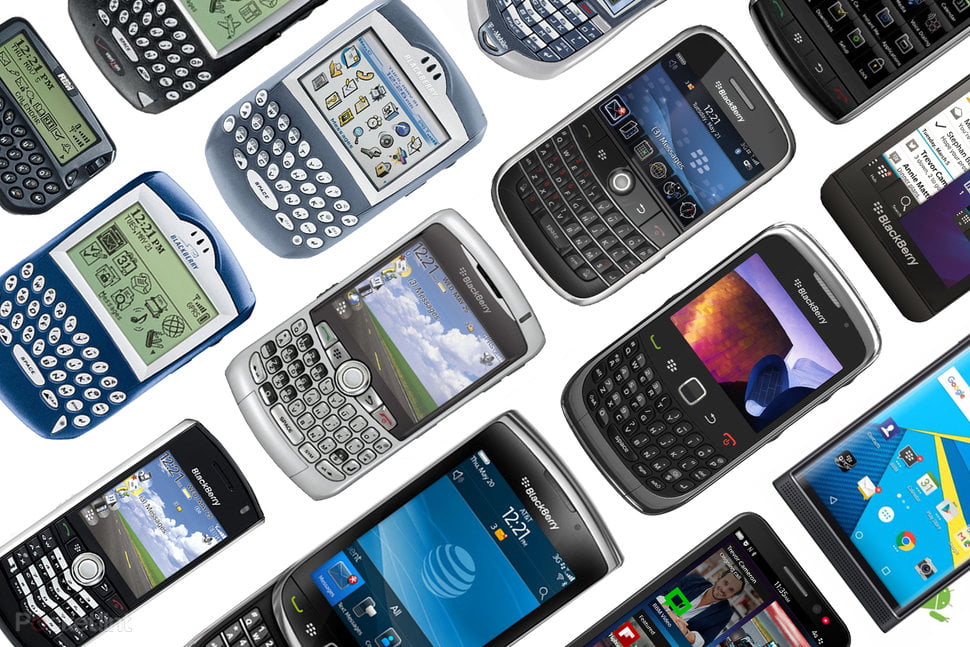
BlackBerry Limited (BB), known as Research In Motion (RIM) until January 2013, has gone through several cycles of success and failures. Accounting for the 3:1 stock split in Aug. 2007, BlackBerry’s stock price has effectively tanked from the highs of $146 to around $4.50 at present.1 How did a high-flying revolutionary tech company get eclipsed so badly?
Contents
History
The pioneer in bringing email services to handheld mobiles, with its trademark QWERTY keyboard, BlackBerry became an instant darling of world leaders, corporate honchos, and the rich and famous alike. Indeed, owning a BlackBerry device was once a status symbol, and BlackBerry addiction was a prevalent condition.
The always-on, always-connected wireless world that allowed secure and reliable access to emails turned out to be very useful for businesses. The first prominent release from BlackBerry, the Inter@ctive Pager 950, was in 1998. It had a small-sized screen, keyboard buttons, and the iconic trackball that allowed seamless syncing and continuous access to corporate emails. It became an instant hit, and then there was no looking back.
In 1999, the company introduced the 850 pager, which supported “push email” from Microsoft Corporation’s (MSFT) exchange server, and in 2000, BlackBerry launched the first smartphone called the BlackBerry 957.
Attributed to the increased use by enterprises and governments, RIM’s revenues grew by leaps and bounds between 1999 and 2001. It continued to expand functionality in the BlackBerry Enterprise Server (BES) and BlackBerry OS. The golden period of 2001 to 2007 saw BlackBerry’s global expansion and the addition of new products to its portfolio. After successfully gaining foothold in the enterprise market, it expanded into consumer market. The BlackBerry Pearl series was very successful, and subsequent releases of Curve and Bold product lines were well received.
The Game Changer
BlackBerry’s stock price peaked at an all-time high of $146 in mid-2008. A year earlier, Apple, Inc. (AAPL) introduced its iPhone—the first prominent touchscreen phone. BlackBerry ignored it initially, perceiving it to be an enhanced mobile phone with playful features targeted at younger consumers. However, iPhone was a huge hit, and this was the start of BlackBerry’s demise.
Not just aimed at individuals, the iPhone managed to attract business leaders, penetrating into BlackBerry’s core market, which was soon flooded with many similar email-enabled smartphones from other manufacturers. Yet, BlackBerry managed to maintain its status of “business email device.” People used to carry two phones—a BlackBerry for business, and another personal phone.
BlackBerry introduced Storm in 2008, its first touchscreen phone to complete with iPhone and the like. But after high initial sales, complaints started pouring in about the device’s performance. This was the first time investors, analysts, and the media started to worry about the business prospects of BlackBerry.
The Swings
In 2009, RIM secured first place in Fortune’s 100 fastest growing companies. In Sept. 2010, Comscore reported RIM having the largest market share (37.3%) in the U.S. smartphone market.2 Its global user base stood at 41 million subscribers.3 Unfortunately, that was the peak of market penetration for RIM in the U.S. After that, the company continued to lose ground to Apple iOS and Google’s (GOOG) Android, and was never able to make it back.
By Nov. 2012, BlackBerry’s market share in the United States had dropped to just 7.3%, with Google and Apple claiming 53.7% and 35% market share, respectively.4 Despite declining U.S. sales, BlackBerry continued to have success globally. It reported 77 million users globally during the last quarter of 2012, demonstrating its success in global expansion.5
Owing to these local losses versus global success, the stock displayed high volatility. The worst year was 2011, as BlackBerry’s stock price tanked around 80% amid declining market share. Continued earnings losses resulted in further declines—most prominently the first quarter loss in 2014 of $84 million, which lead to a roughly 30% decline in the share price on the day after the announcement.6 7
Corporate Comeback
The high volatility in the stock is attributed to several comeback attempts, corporate developments, associated recommendations by analysts, and competitor developments. In April 2010, RIM acquired the real-time operating system QNX, which formed the basis of the BlackBerry Tablet OS. The BlackBerry Playbook tablet was introduced on the QNX platform. Unfortunately, it turned out to be a total failure, due to its high-price, low-feature, and low-performance.
The next generation BlackBerry phones were announced in 2011, but the eventual product, the BlackBerry 10, failed to catch on. Nonetheless, based on interim forecasts that the BlackBerry 10 would surpass sales predictions, the company’s stock saw an upswing of 14% in Nov. 2012.8 By Jan. 2013, the stock rose around 50%, and the volatility continued.1
Wide positive swings to the tune of +35% were observed a couple of times during the first half of 2014.8 Those were based on announcements of BlackBerry transforming from mobile devices to a mobile solutions company. Those plans yielded less than meaningful results.
Another swing came in Jan. 2015, when it was reported that Samsung was interested in buying BlackBerry. This led to a 30% spike in latter’s share price.9 However, the jump proved to be a short-term blip, as the stock resumed a downtrend through 2015 and 2016.1
44%
Enterprise software sales represent almost half of Blackberry’s revenue in 2020.
Hopes for a dramatic turnaround at Blackberry have been dashed repeatedly. The stock rallied to a closing high of $12.66 in early 2018—almost doubling value after two years of gains.1 Since then, however, the stock has lost more than half of its market value, as the company’s mobile business has been decimated by the competition and it has been forced to shift its focus its efforts towards other segments like enterprise software.
The Bottom Line
BlackBerry is an example of the big risks associated with the highly dynamic technology sector. None of the industry rankings, predictions, or recommendations seem to fit the BlackBerry stock play. Long-term investors have been burned, while only a few traders may have made money on the wide swings. Unless confirmed news of solid acquisition or partnership comes in, this stock will likely remain a pure trader’s play.
[“source=investopedia”]




